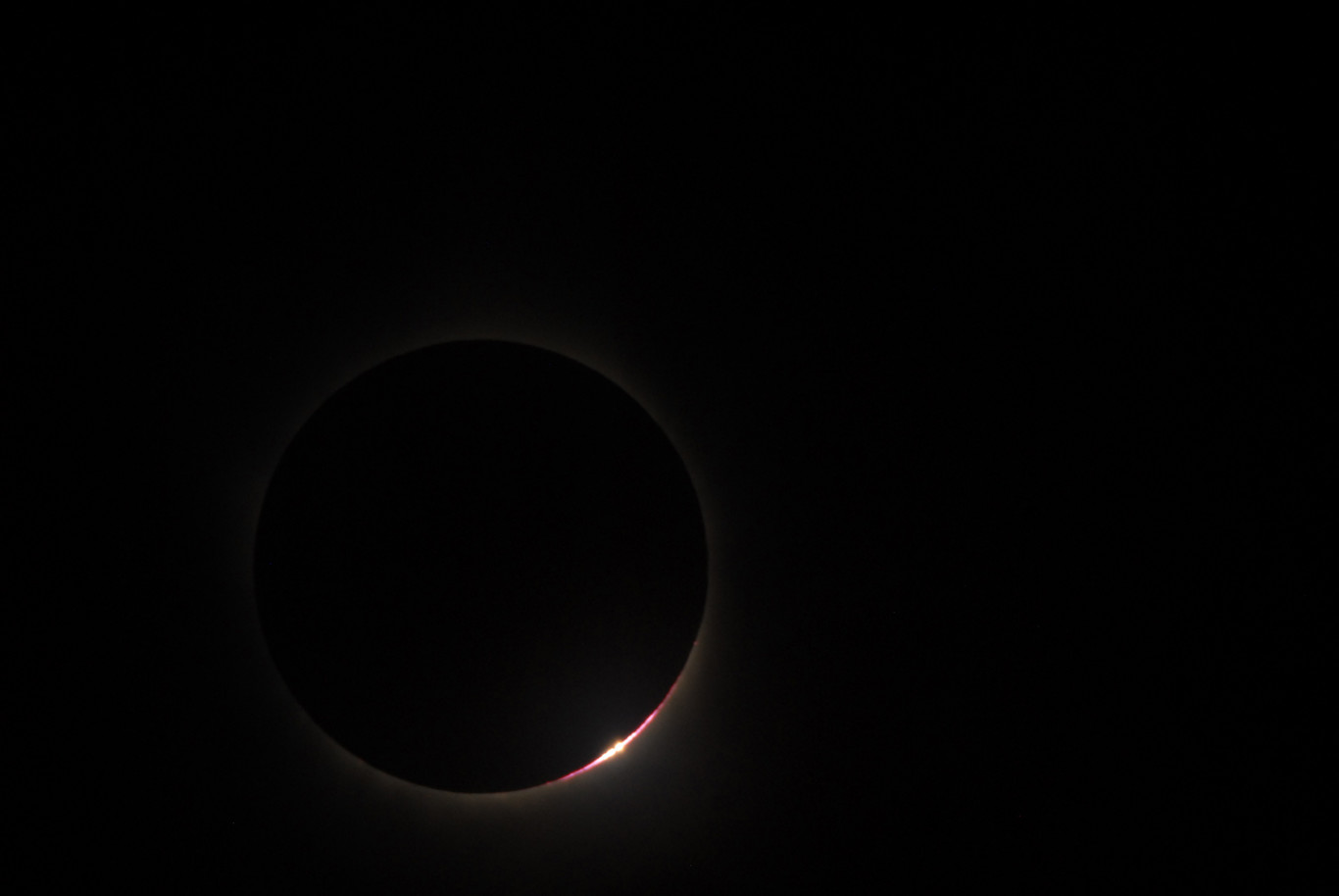
Of all the astronomical phenomena that take over the sky from time to time, solar eclipses are, without a doubt, the kings. Curiosity, expectation, and fear have aroused these types of events. Today we bring you a small guide with the most basic things to see our star go dark: how, where, and at what time to see the solar eclipse of August 2017.
What is a solar eclipse?
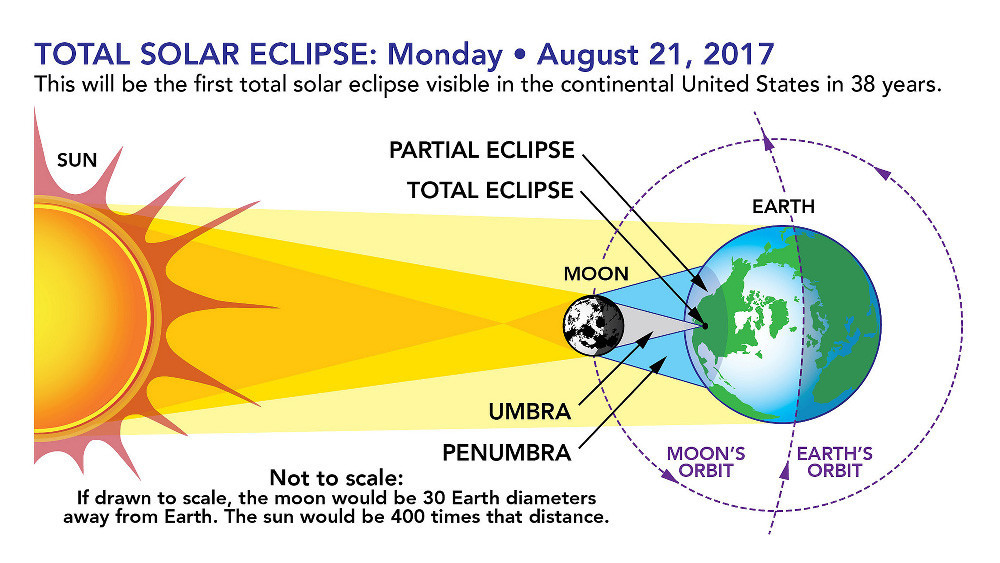
Let’s start with the basics: A solar eclipse is, first and foremost, a coincidence, the moment when the Moon comes between the Sun and us. But, of course, it is not just any coincidence. The Moon and the Sun exchange many glances on their journey through space, but only occasionally does the shadow cast by the Moon completely (or partially) cover the Sun.
It is curious that something as small as the Moon is capable of obscuring, even momentarily, something as monstrous as the Sun. Distance (about 400 times closer) here is as essential as perspective. That is why the total eclipse can only be seen in a very specific area of the world that goes from the middle of the North Pacific to the vicinity of Cape Verde, already in the Atlantic Ocean.
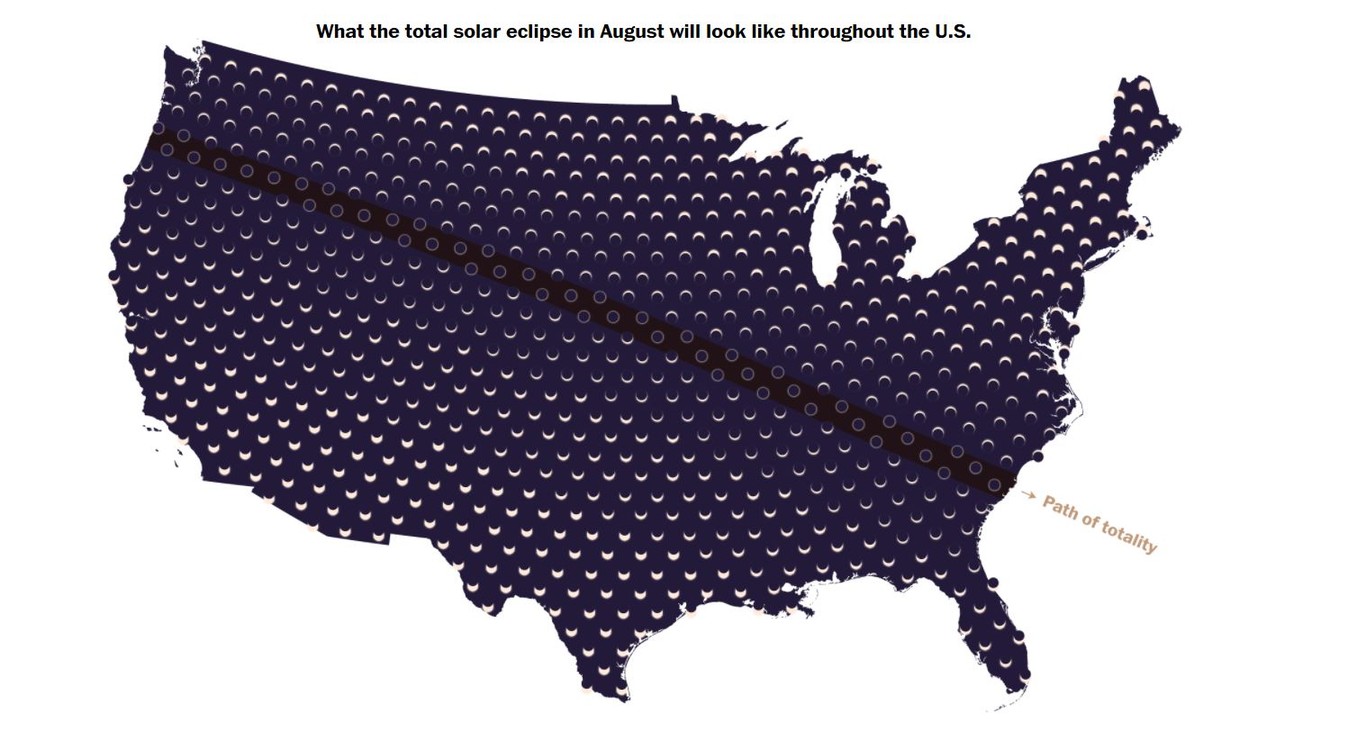
This means that, in practice, the total eclipse can only be seen in a narrow strip in the United States, which runs from the Oregon Coast to Columbia, on the beaches of South Carolina. The rest of us, if we are (relatively) close to that strip, will have to settle for a partial view of the eclipse.
And by the rest I mean the rest of the American continent (except some Andean countries and the southern cone), southwest Europe, and northern Africa, where we can partially. It’s not much, but it’s worth looking at the sky.
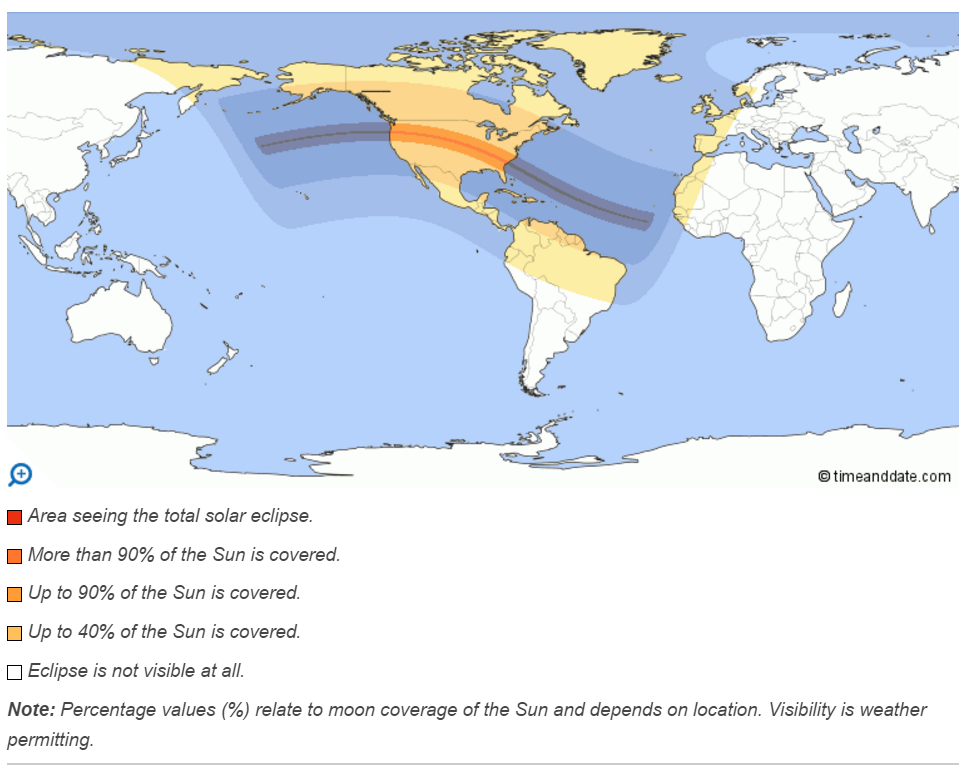
What time to see the solar eclipse
United States: In Madras (Oregon) the eclipse will begin at 09:06 am and end at 11:41 am. Although the solar eclipse itself will only be seen around 10:20 in the morning. In South Carolina, the total eclipse will be at 2:40 p.m. (local time).
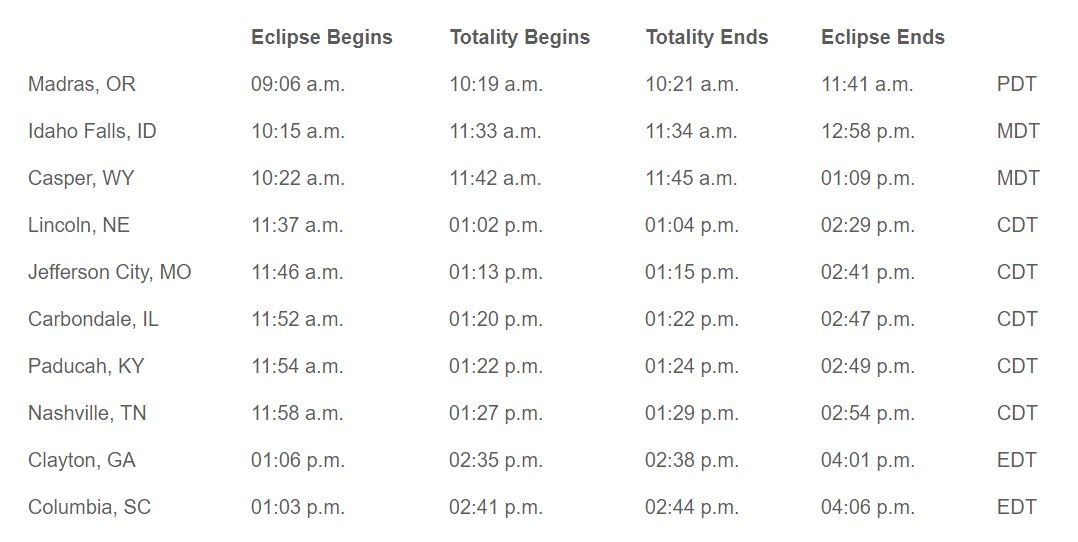
Mexico: In Mexico (and the rest of America) the eclipse will also continue its slow path from West to East, crossing states, cities, and time zones. As a reference, in Mexico City, the best time to see the solar eclipse will be 1:20 p.m., but it will be visible from 12:00 p.m. to 2:30 p.m.
However, at the foot of Popocatepetl, we can see how up to 35% of the Sun is covered, but as we go up towards the north of the country we can see 65% covered. Tomorrow will be a good day to have a drink on a terrace in Mexicali, but, anyway, when not.
Colombia: Due to the shape of the eclipse there will be areas with spectacular coverage. Around 2:37 pm in Riohacha a 51% eclipse will be seen. A little earlier, at 2:33, Barranquilla will see 41% of the sunset. In Bogotá, around 2:43, we will have 24% hidden surface.
Spain: Due to the trajectory of the eclipse, the two points where it will be best seen will be the Canary Islands (around 30% between 7:50 p.m. and 8:40 p.m.) and southwest Galicia (around 14.10% between 7:50 p.m. and 8:40 p.m.) 20:44 and 21:20). These will be the best places in the country to see the eclipse, although not the only ones.
In the image above, the SAROS group of astronomers has made a small diagram in which you can see what it will look like from different areas of the country. In the cities of the peninsula, the peak moment will occur between 8:45 p.m. and 9:15 p.m. The variability between cities is a few minutes and, in any case, it is better not to be careless: the moment of greatest darkness will last around 2 minutes in all places.
How to see it?
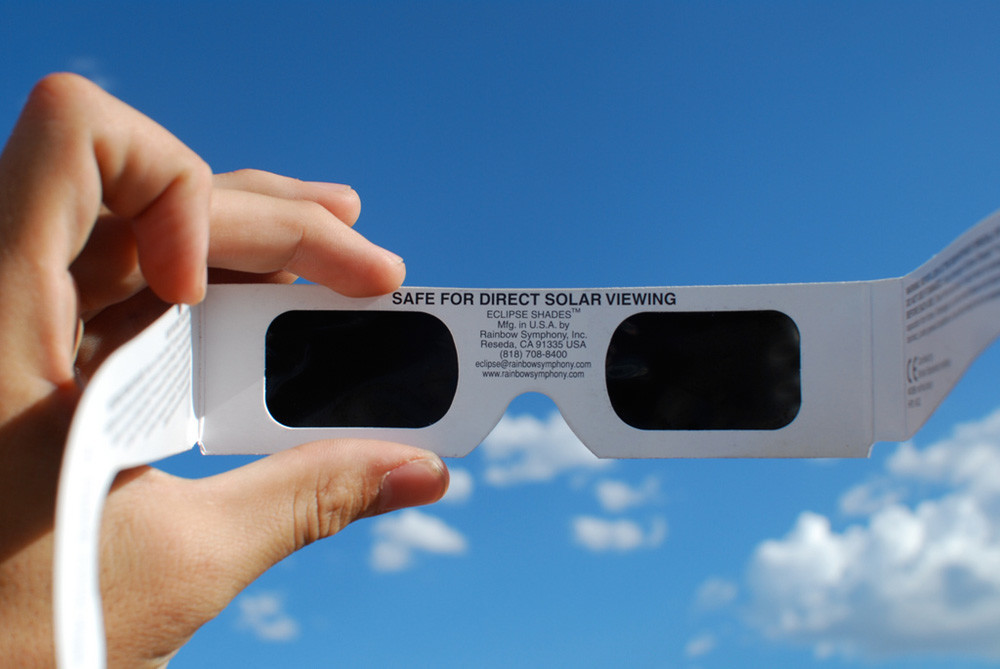
Carefully. We already know where and when now comes the most important thing: how. Although it seems counterintuitive, the way to see a solar eclipse is not to look directly at the sun if we don’t have one hundred percent safe filters. Protection is essential because the risk of injury (very serious injury) is a real risk.
This is important because many of the filters we have on hand are not safe: sunglasses, in the vast majority, are not designed to look at the sun directly (and even less if the covered surface is very small). Therefore, it is not recommended to use them for this type of observation.
The rest of the cheap devices, such as the famous cardboard glasses, are not safe at all. To avoid scares, what astronomers recommend is to make sure that the filters are adequate and, to do this, it is best to get approved equipment. They can be easily purchased on the internet. And, when in doubt, take advantage of one of the basic technologies of home astronomy: projections.
How to watch it online
Several web services will offer the eclipse live and direct. An example is Sky-live which will broadcast the eclipse from Idaho. We also have the special NASA website which, as usual, has done a sensational display on all things eclipse-related. Here we leave you several live broadcasts so that you can follow them without problem.
How to photograph it
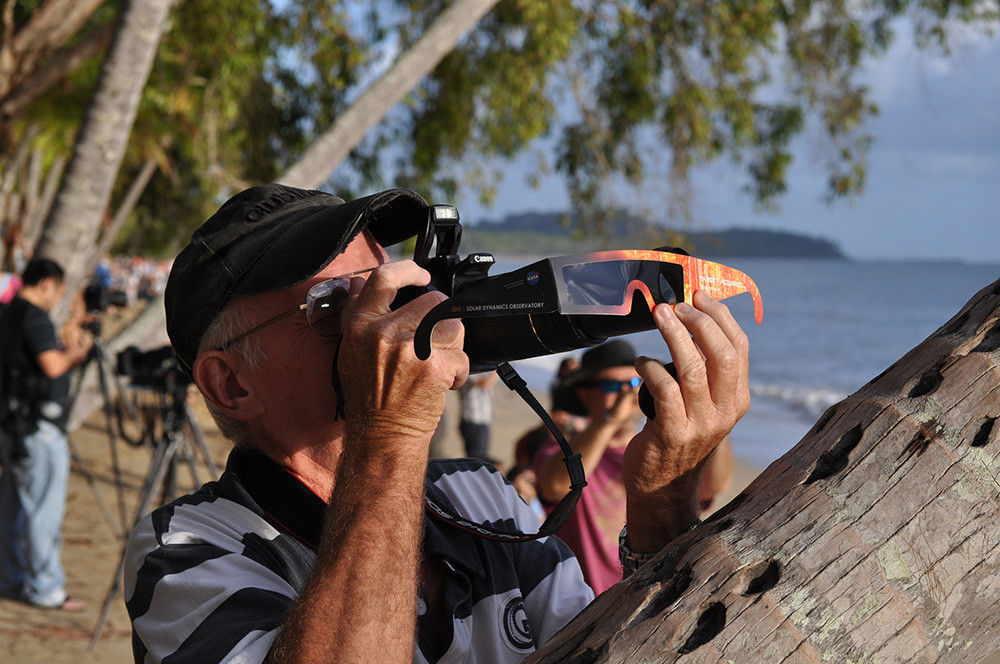
Our colleague Óscar Condés has explained in detail how to photograph the eclipse, but the basic idea is simple: there is not a big difference between seeing an eclipse and photographing it. Protection is needed, a good place, and be vigilant. A good camera (and good equipment) helps.
When will the next eclipse be?
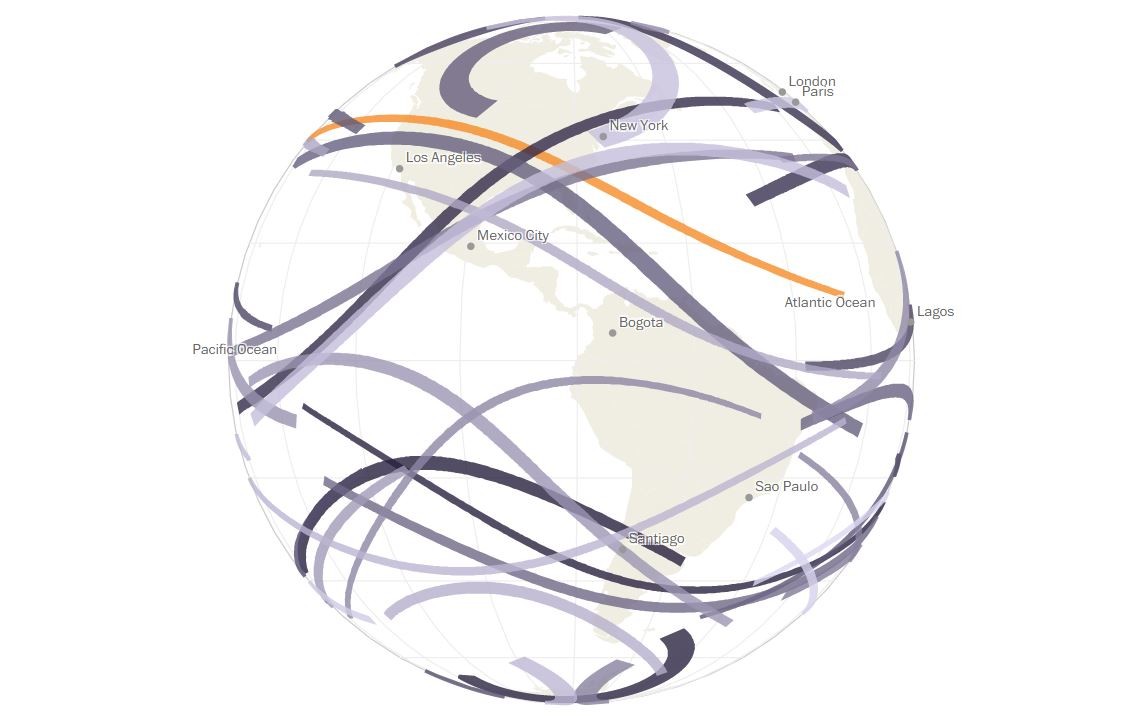
At least on a personal level, when I read about these types of events I always think about how I would like to see a total solar eclipse in person. And right after, before I start thinking about anything else, I wonder if that is possible.
This year, the Washington Post has prepared an interactive tool that allows us to know all the eclipses that we will be able to see in our lifetime. In my case, and during the next 70 years, there will be 47 total solar eclipses around the world. Most in Asia and Latin America. Two of them will only be seen from the water. Not bad, in 70 years I have time to organize a getaway somewhere.

Sharlene Meriel is an avid gamer with a knack for technology. He has been writing about the latest technologies for the past 5 years. His contribution in technology journalism has been noteworthy. He is also a day trader with interest in the Forex market.











